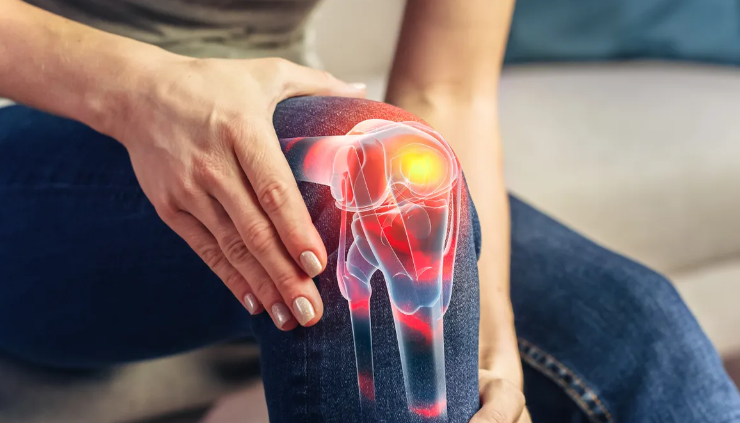Orthopedics companies such as
Stryker and
Zimmer Biomet have promoted robotic knee surgery as a more accurate technique.

Brief:
Robotic systems have no effect on the two-year revision rate in cementless total knee replacement patients, an analysis of registry data found.
The data, which was shared Monday at the 2024 Annual Meeting of the American Academy of Orthopaedic Surgeons (AAOS), show the odds of all-cause revision and revisions because of infection were similar in patients who underwent robotic and conventional surgeries.
Orthopedic companies such as Stryker and Zimmer Biomet have promoted robotic knee surgery as a more accurate technique that results in lower pain scores and improved patient satisfaction.
Insight:
Evidence that robotic procedures have advantages over manual knee replacement surgery has supported a shift in practice. By the end of last year, 60% of Stryker knee procedures in the U.S. were performed using its Mako robotic system, the company told investors on its quarterly results conference call late last month. Stryker posted a record quarter of Mako installations globally over the last three months of 2023.
However, some physicians have doubts about the strength of the evidence in support of robotic-assisted total knee arthroplasty (TKA). Lucas Nikkel, who worked on the registry analysis presented at AAOS, set out concerns about the existing evidence in a statement.
“A lot of single surgeon studies show there is improved precision with robotic-assisted TKA. Some studies suggest there may be improved early recovery or less damage to soft tissue,” said Nikkel, who is an assistant professor of orthopedic surgery at Johns Hopkins Medicine. “One of the challenges with evaluating this is that many previous studies had significant financial conflicts of interest with the authors.”
Seeking to “eliminate the potential confounding factors,” the researchers used the American Joint Replacement Registry to analyze outcomes in patients who underwent cementless TKAs from Jan. 2017 to March 2020. Cementless TKA has gained traction among younger people in the U.S. in recent years. The analysis only included patients aged 65 years and older, to enable linkage to Medicare claims data, who had at least two years of follow up.
Of the 9,220 cementless TKAs that met the eligibility criteria, 45% were performed with robotic assistance. The odds of all-cause revision and revision because of infection were statistically no different in the robotic and manual cohorts. Mechanical loosing, a cause of weakness of the prosthesis-bone interface that can lead to revision, was not significantly different between the cohorts either.
“Some patients desire a robotic-assisted TKA because they’ve heard it is better, but we’ve shown that there isn’t a true benefit in terms of the likelihood of needing another surgery in the early period,” Nikkel said.
The researchers noted limitations, though. Sixty percent of the registry entries made no mention of whether robotics were used and younger patients were excluded from the analysis.
